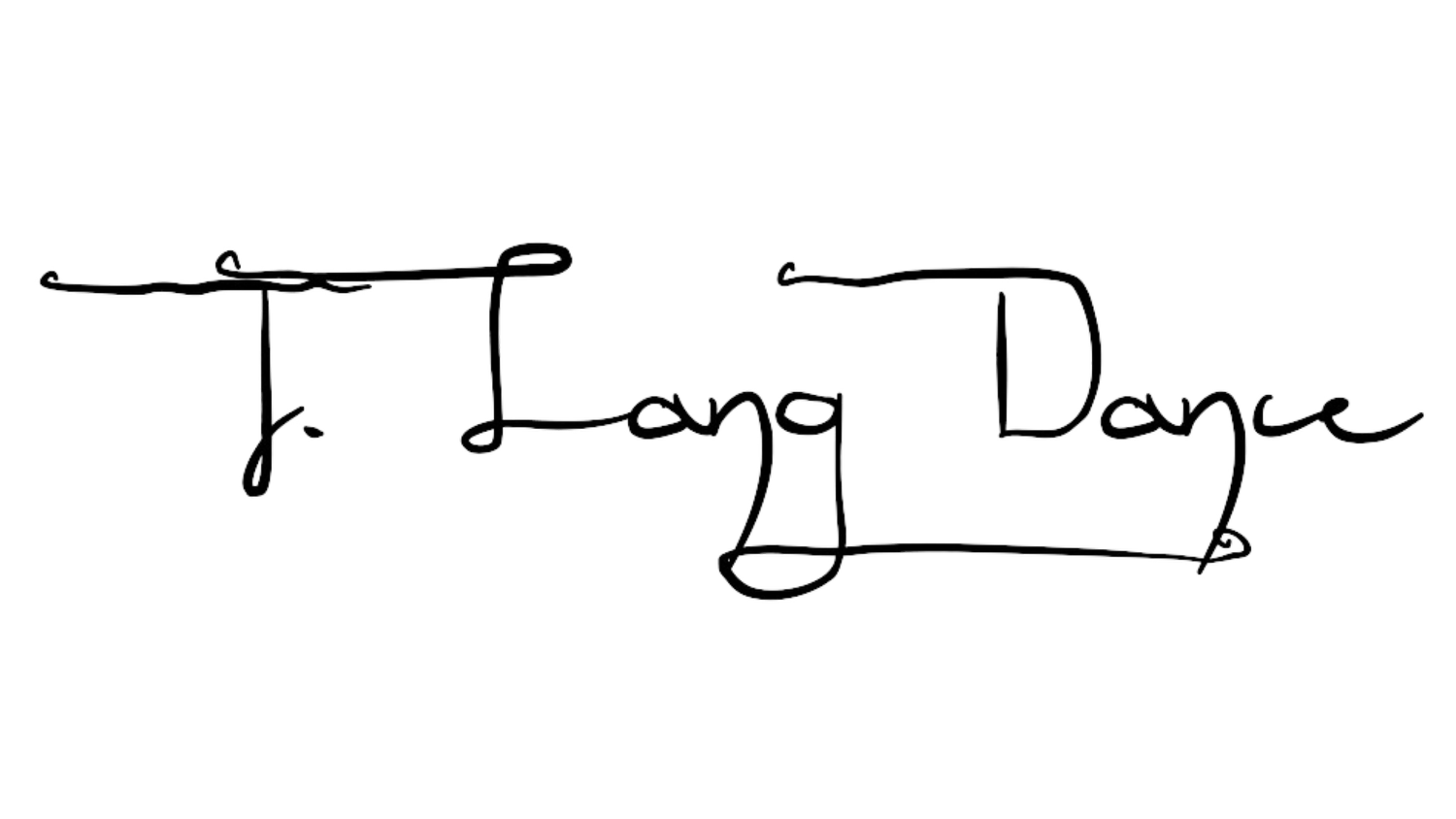Julio Medina Returns to The Ancestors
In a globally fractured world, Julio Medina invites us to Vuelta a los Ancestros – Honoring the Ancestors, a dance performance symbolically divided into Five Suns that—through different music styles and dances—travels from region to region of the Mexican geography. Vuelta a los Ancestros represents an opportunity to celebrate roots, memory, lineage, traditions, but, above all, it reminds us that we are all humans in connection with (and not superior to) nature, animals, gods, spirits, and ancestors.
The performance brings on stage different dance groups and dancers that, through movement, bridge corporal memory and ancestral knowledge. Transition after transition, the spectators witness different music genres and visual movements. Thus, indigenous rhythms (First Sun), traditional dances (Second Sun) along with more contemporary sounds and dance movements (Third, Fourth, and Fifth Sun) beautifully fill a metaphorical and physical space composed by indigenous symbols, dance movements toward the earth, bodily simulations of totems, the visual or sonic presence of the five elements (air, earth, fire, water) as a constant manifestation throughout the show. Placed on the side, an altar remains on stage as a symbol of ancestral presence, and where, ultimately, Medina goes back to, at the closing of his last performance, as a sign of gratitude and respect.
Throughout the different performances, Medina however, moves out of the stereotypical celebratory and colorful imagery of what Mexican dance is too often restricted to or thought of to be. Medina disclaims that there is lineage erased and forgotten that he aims to recuperate through his decolonial dancing movements. Medina, thus, Sun after Sun, pushes the spectators out of their comfort zone throughout the performance. He speaks to them with music lyrics, words, or poems in English, in Spanish, in Indigenous languages. Sometimes, he even whispers intelligible words, and ultimately makes of Vuelta a los Ancestros an invitation to break imposed traditions, mindsets, and languages to re-establish a communication with our inner self, the one in connection with the ancestors.
The Third Sun is an example of how Medina pushes his audience out of their comfort zone. He moves the audience from the space of the stage to a meta-performance on screen by Medina and by dancer Jocelyn García. The video performance takes place in a desertic outdoor space that might remind us of the Mexican/U.S. border landscape. A circular light installation contains the movements of the two dancers, that at times juxtapose to the lights as they are going past them. In this dance performance the bodies of the two dancers dance with each other, but also with the four elements of nature. Their movements narrate a history of moving bodies that create a tension between control and freedom, movement and the impossibility of it. The dancing of the video performance breaks the containing borders of the space where the dancers move in. At the same time, the two bodies touches and intertwin to tell a story of freedom of movement and existence that have been historically denied. The video closes with credits that thank “the land that holds us, the sun that lifts us, and the ancestors for paving the way” (Third Sun). Medina prays the Great Spirit to be in peace, to open his heart, to show him “what it means to love [...] all life with each step I take on this beautiful altar of Mother Earth” (Third Sun) transitioning then to the Fourth Sun.
In this moment of the performance, the artist recites a few verses from a 15th century poem where he declaims as a promise that “no cesarán mis cantos” [my singing won’t stop]. Then, as the last section of the performance unfolds (Fifth Sun), Medina in voice-off declares himself as a Nahuatl warrior who is grateful to Mother Earth, to finish by declaring to know who he is, “I am movement” he says, followed by the question, “who are you?” (Fifth Sun).
Between what in the U.S. is known as the Hispanic Heritage Month and the traditional upcoming Día de los Muertos (Nov. 2nd), Medina offers a third temporal forgotten space where he mixes performance, dance, installation, and video that cross historical, cultural, linguistic, and geographical colonized borders. In a climate of anti-immigration politics, Medina reminds us that we are moving beings, and that we can be grateful warriors who honor the ancestors and are grateful to Mother Earth. As he says, “In a present that is losing its humanity, where our inner compass loses direction, and I, on this foreign land that is now also mine, [the land] tells me: wake up, strike, strike me hard with your feet like your ancestors did, and awaken your senses.” In a present that is losing the sense of humanity Vuelta a los ancestros is a delicate and sophisticated message for a future nurtured by an ancestral past that hopefully can bring together dancing minds, bodies, and souls.
